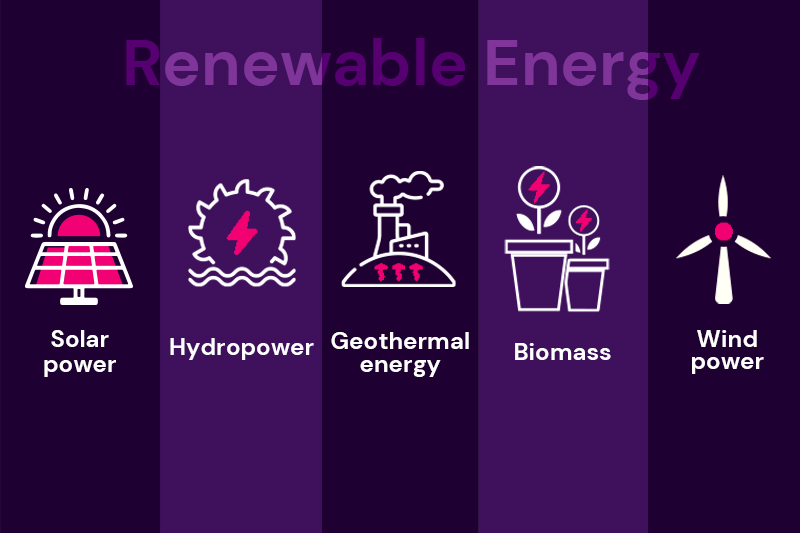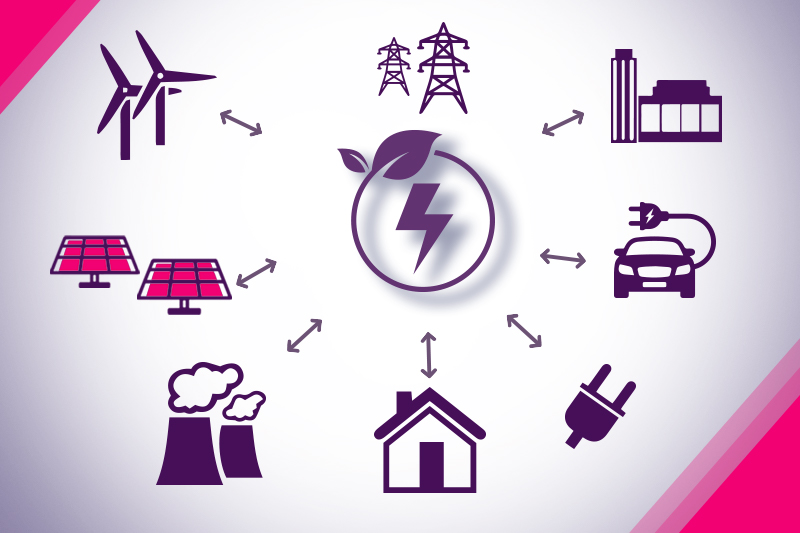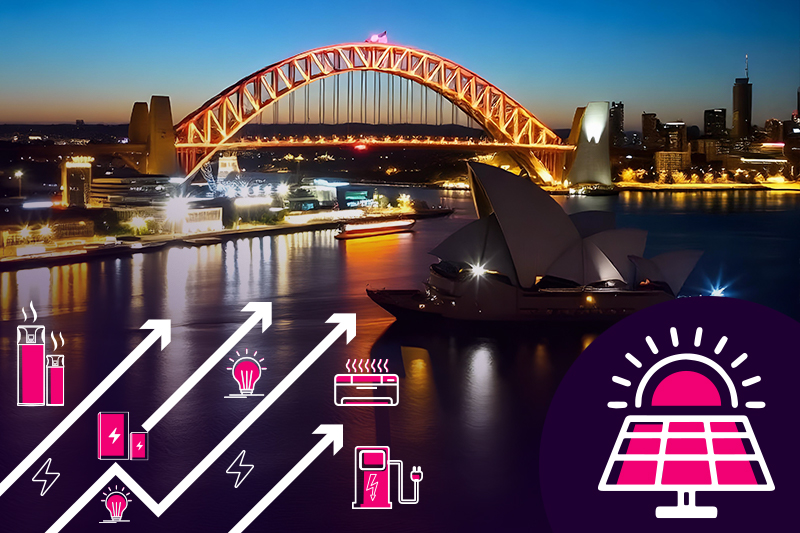Australia, with its vast, sunny landscapes and strong wind patterns, embraces every golden opportunity to become a global leader in the renewable energy sector.
Think of a nation powered fully by renewable sources, without burning fossil fuels and minimizing environmental impact.
Sound’s unreal, isn’t it?
While it may sound like a dream, technological advancements and innovations in the Australian energy sector have already made it partially possible.
But how much of this energy currently comes from renewable sources? Is Australia’s 100% Renewable Energy Transition Possible?
However, as climate change issues escalate, the urgency for sustainable solutions intensifies, making Australia’s transition to 100% renewable energy more relevant than ever.
So, by examining the possibilities and challenges of this ambitious goal, let’s explore how the country can harness its natural resources to create a green, healthy, sustainable future.
What’s Happening? A Deep Dive into Australia’s Energy Scene
Over the past few decades, Australia’s energy mix has traditionally depended on non-renewable energy sources. Its electricity generation process heavily relies on fossil fuels, mainly burning coal and natural gas.
If you look at the data for countries, around 70% of Australia’s electricity comes from fossil fuels. In particular, coal contributes 50% of total electricity generation.
This heavy reliance on fossil fuels not only contributes to greenhouse gas emissions but also depletes the ozone layer, which protects the Earth from harmful ultraviolet (UV) radiation.
Moreover, the excess burning of coal or natural gases has led to massive air pollution in the past few years. This has increased health issues and environmental disasters in Australia, which is why the country is facing more bushfires, extreme heat effects, frequent storms, and landslides than before.
All these pressing problems underscore the urgency of transitioning to renewable energy sources. This shift plays a pivotal role in protecting the planet and its population in the long run.
However, Australia has made substantial strides in increasing the adoption of renewable energy capacity. With solar and wind energy, Australians are experiencing significant growth in the renewable sector.
Currently, renewables account for around 30% of electricity generation in Australia. This share is expected to rise as the government and local people collaborate on different projects to reduce fossil fuel dependency and enhance energy sustainability.
Powering the Future: Australia’s Key Renewable Energy Sources

Australia’s journey from fossil fuels to renewable energy shines bright with a promising future.
However, such a transformation doesn’t happen overnight. Over time, they slowly adopted the changes and realized that the shift to renewable energy is not only beneficial for the planet but also economically viable.
Residents’ growing concern about rising pollution and the effects of climate change also reflects their strong commitment to sustainability and environmental responsibility.
They know they need a change to mitigate the rise in electricity prices and the inconsistency in the grid’s electric supply.
So, they are investing more in renewable energy and transitioning towards sustainable energy sources to power a brighter, cleaner world. But how is this transformation happening? What are the main sources of renewable energy in Australia?
Let’s break it down here:
Solar Energy
Australia is geographically blessed with a high solar radiance. This facilitates homeowners’ installation of solar panels on the rooftop and encourages them to generate their own electricity.
Data shows that around one-third of Australian households currently have rooftop solar, and the figure is escalating daily. Government policy also influences the solar adoption rate by making it more affordable and accessible.
Wind Energy
If you live in coastal regions or the southern states of Australia, wind power can be a great energy source. Wind energy technology is relatively mature and generates clean electricity, significantly contributing to the renewable energy mix.
Wind power is expanding rapidly in Australia, mainly because the government offers many incentives for projects that aim to achieve net zero emissions by 2050.
Hydropower
Hydropower is another suitable option for people living near water bodies and where rainfall is abundant. Especially in states like Tasmania and NSW, there are large hydroelectric power plants that provide stable and reliable electricity throughout the state.
However, hydropower is also widely used to generate electricity, like solar and wind, contributing a significant portion of Australia’s energy mix.
Well, biomass and geothermal energy also help to reduce carbon emissions. These sources promise to provide clean power and achieve Australia’s 82% renewable energy target by 2030.
The country is paving the way to create a sustainable and resilient energy future by harnessing solar, wind, hydropower, biomass, and geothermal resources.
Can Australia Go Green? Exploring the Possibility of 100% Renewable Energy Transition
Yes, with technological advances, abundant natural resources, and strong government support, Australia’s transition to 100% renewable energy is possible.
Though the exact timeline for this 100% transition is still uncertain, the trajectory looks promising and bright enough for Australia’s energy future.
It might be disheartening for many to note that 60 to 65% of Australia’s energy still comes from burning fossil fuels. However, the good part is that over the next 10 years, about 90% of coal generation is expected to be shut down.
This sounds positive and encouraging, right?
So, with significant planning and infrastructure development, it’s possible to increase the rate of renewable usage, encouraging people to adopt more sustainable practices.

Why Australia is Ideal for 100% Renewable Energy Transformation?
Australia is well-suited for a 100% renewable energy transformation for several reasons. From abundant resources and technological advancements to supportive policies, and innovation, Australia is in a prime position to lead the energy revolution.
Let’s have a look at the opportunities that help Australia stay ahead in the race towards the 100% renewable energy transition:
Abundant Natural Resources: Australia has vast solar and wind resources. With the highest solar insolation levels and excellent wind conditions in the world, energy generation can be maximized in the Australian landscape.
Geographic Location: Australia is geographically blessed! Why? The continent’s diverse climate and geography allow for a mix of renewable energy sources like solar, wind, and hydro, providing a balanced and resilient energy system.
Technologically Advanced: In Australia, advances in energy storage technologies, such as pumped hydro storage and integrating batteries with smart grids, facilitate the use of variable renewable energy sources together.
Reducing Dependence on Fossil Fuels: Australia has heavily relied on coal and gas, but transitioning to renewables can help diversify the energy mix, enhance energy security, and reduce vulnerability to global fossil fuel price fluctuations.
International Commitments: In addition to the Paris Agreement, Australia has many other commitments under international climate agreements to reduce carbon emissions. These contracts create a framework for the transition to renewable energy.
Research and Innovation: Australia has several leading universities and research institutions focusing on energy innovation. These institutions can drive the development of new technologies and strategies for renewable energy deployment.
Government Policy and Public Support: The Australian state and federal governments offer many rebates on solar panels, incentives on solar batteries, wind farm projects, and tax credits to support renewable projects and reduce greenhouse gas emissions.
Besides, local people and utility companies also play a pivotal role in transitioning away from fossil fuels by running educational campaigns and participating in projects like community solar and wind energy projects.
The Benefits of a Fully Renewable Energy Transition
Only with 40% of its energy coming from sustainable sources, the country has already witnessed incredible transformations in its ecosystem.
Have you ever thought about the possibilities when we reach 100%?
The ultimate magic begins when we embrace renewable energy sources and tap their full benefits!
Here are a few advantages that renewable energy transition brings to Australia’s landscapes:
Minimize Environmental Impact
Reducing reliance on fossil fuels will significantly lower greenhouse gas emissions, helping to mitigate climate change and its associated impacts. So 100% dependence on renewable energy can improve air quality, balance the ecosystem, and benefit public health.
Enhance Energy Security
A diversified energy mix, heavily reliant on renewables such as solar, wind, or hydro, enhances energy security by reducing dependence on imported fossil fuels. It also stabilizes energy prices.
Promotes Economic Growth
Investing in renewable energy infrastructure can stimulate economic growth and create thousands of job opportunities for underprivileged rural people. It can foster economic growth, particularly in regional areas with renewable projects.
Technological Innovation
Transitioning towards renewable energy fosters innovation. It drives technological advancements that can lead to new industries, the growth of new marketplaces, and create many economic opportunities.

Roadblocks to Renewal: Challenges on the Path to 100% Renewable Energy Shift
Even though we may reach 100% renewables with proper effort and direction, there are several barriers to a Sustainable Energy Transition.
These obstacles can hinder or slow down the renewable energy transition process, thus requiring more time to achieve the goal.
The challenges include infrastructure development, such as grid upgrades, installing solar panels or wind turbines, and finding the best, long-lasting battery backup storage to deal with renewables’ intermittent nature.
The high upfront cost of transitioning to renewables, providing economic viability for projects, and finding consistent government policy frameworks can make the process even more complicated and lengthy.
Overall, addressing these challenges will require coordinated efforts from government, industry, and communities.
Continued investment in renewable projects, ongoing research, and understanding the benefits helps to shape a sustainable, bright future.
Takeaway Thoughts
Making Australia’s 100% renewable energy transition possible will mean much cleaner air, healthy wildlife, and flourishing landscapes.
This transition means creating a vibrant ecosystem, reduced carbon emissions, and a healthier planet for future generations. It’s not just a dream; It’s an exciting opportunity for innovation, job creation, and a more resilient economy.
So, let’s harness the power of the sun, wind, and water to create a brighter, sustainable Australia!
If you have any further queries, contact Solar Emporium today! Also, don’t miss the opportunity to check out our exciting solar packages explicitly tailored according to your needs.







